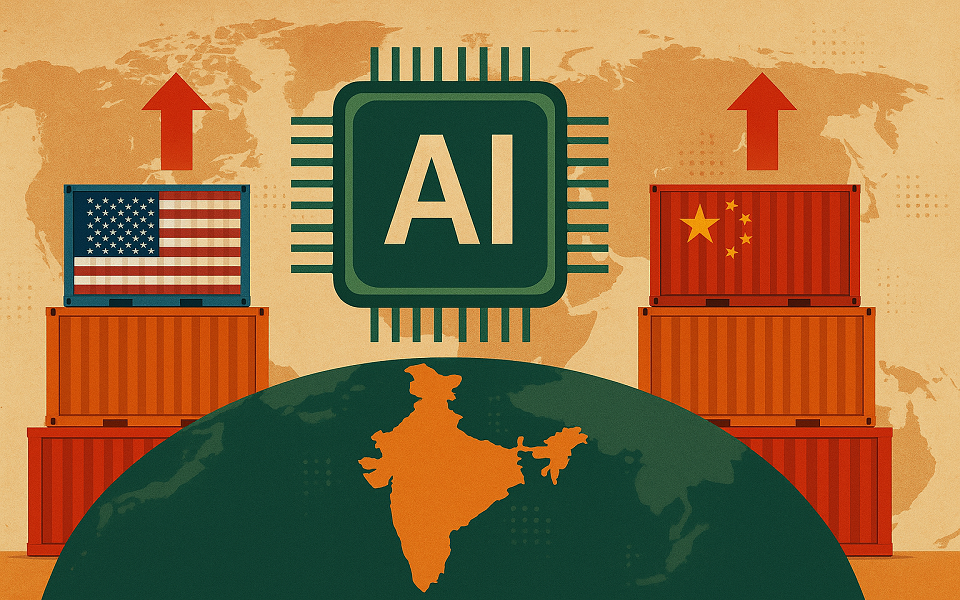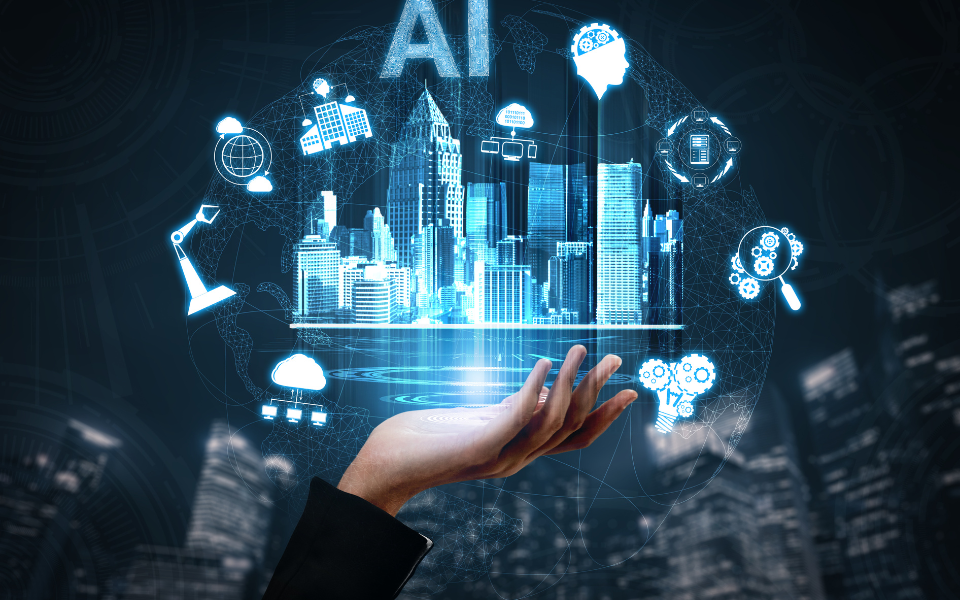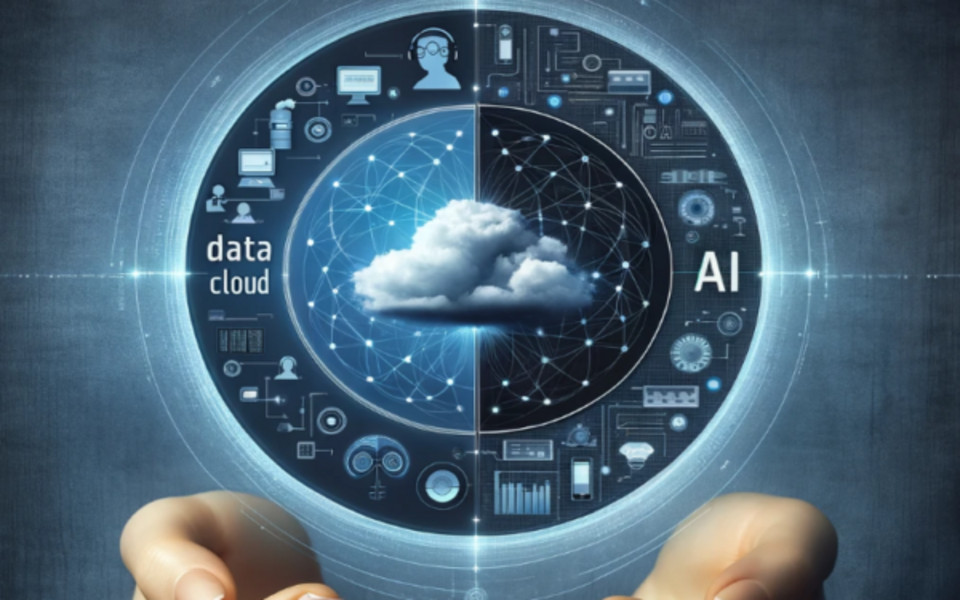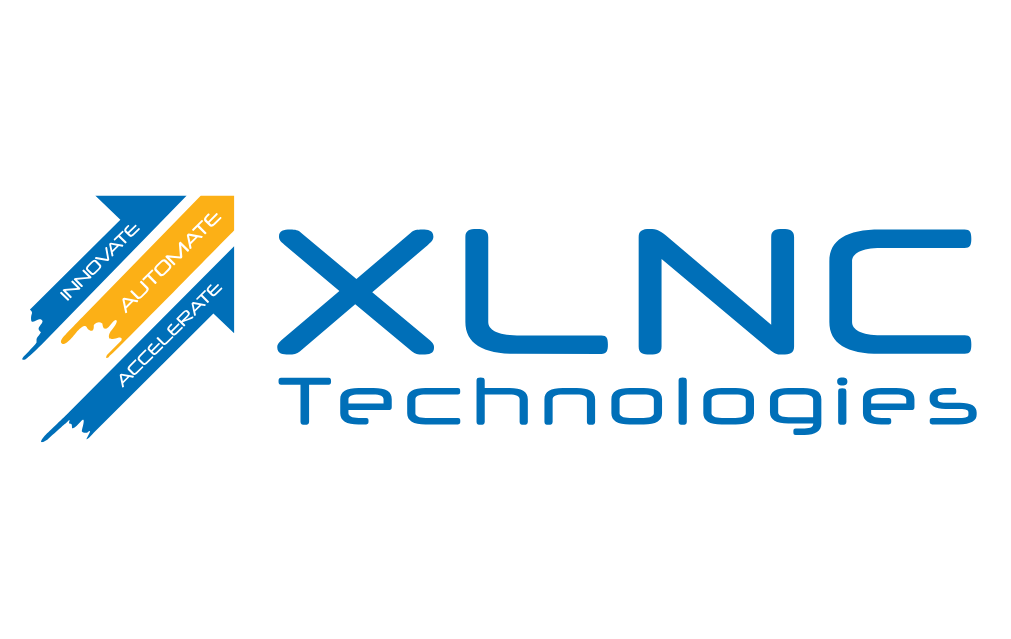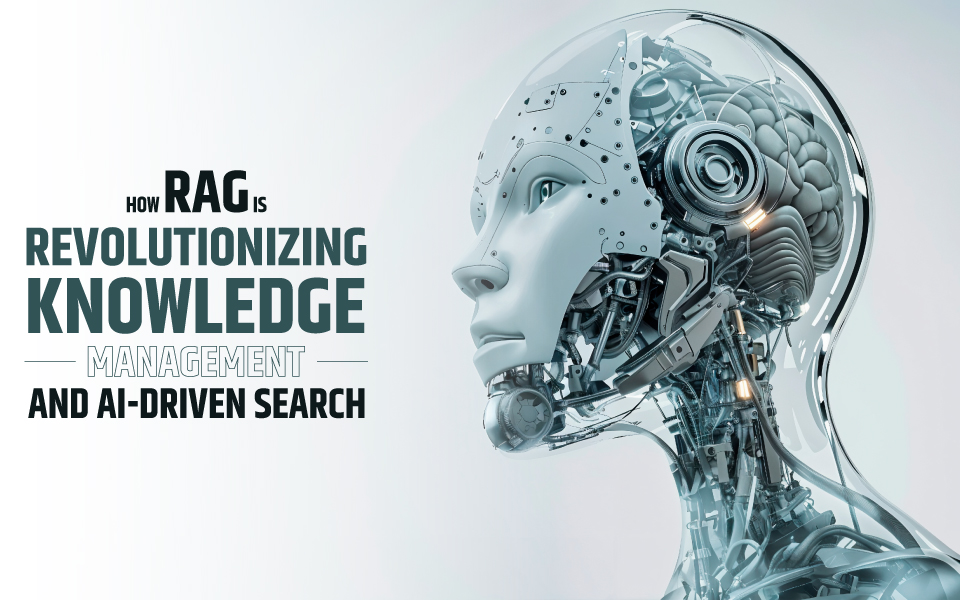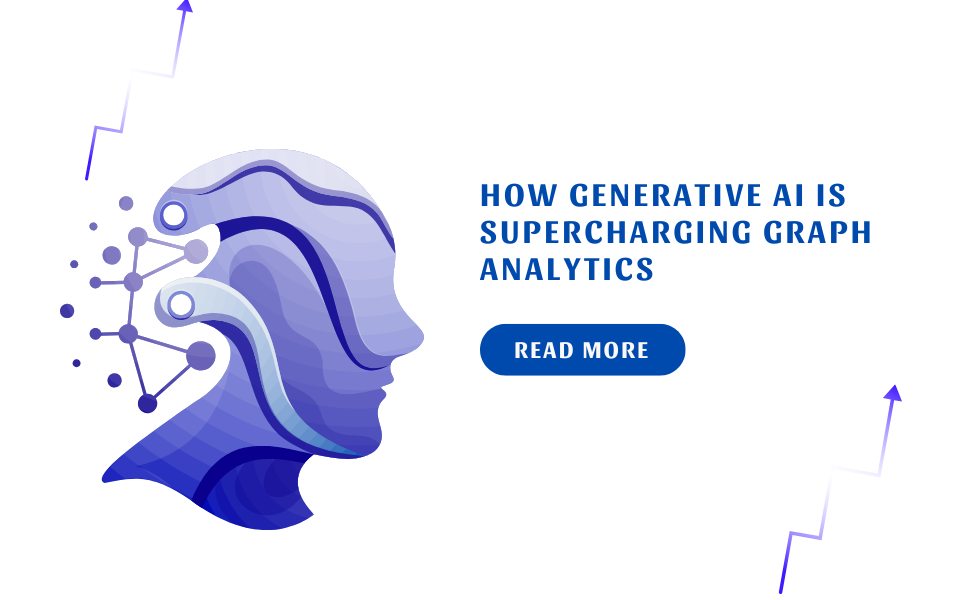Artificial intelligence (AI) today is a major contributor to global carbon emissions as well as rampant resource consumption. In order to save the environment, organizations are transitioning to green AI applications to make the process of algorithmic training along with business operations more sustainable. Organizations heavily rely on AI for every operation today, with only 7% of businesses on the outside looking in.
As the main driver of technologies, including big data and the Internet of Things (IoT), artificial intelligence (AI) is the most omnipresent technology that is leading the world on the path of the fourth industrial revolution. Simply put, artificial intelligence (AI) enables systems to sense their environment, think, learn, and act in response to what they are programmed for. The technology functions on vast amounts of data and learns from such insights. It can carry out or assist humans with their everyday activities.
Industries that employ artificial intelligence the most include healthcare, education, marketing, e-commerce, and financial markets. It is assisting - medical professionals in diagnosing diseases as well as developing clinical pathways, teachers in adapting to the plans of students with different learning needs, and recruiters who match individuals’ skill sets with job openings.

The Role of Technology to Foster Sustainability
The first industrial revolution changed the trajectory of operations by upgrading the way businesses operated. Fast-forward to years later, industries are gearing up for a new revolution that will foster a sustainable environment for growth. The manufacturing sector today contributes to a huge chunk of human-caused carbon emissions. In the US, one-third of their carbon emissions originate from the industrial sector.
With a focus on now shifting the trajectory of emissions and ensuring a cleaner future, organizations and governments alike are setting the ambitious goal to stabilize global warming and prevent reaching a point of non-return.
The US government is taking significant action with the passing of the Inflation Reduction Act (IRA), which is set to offer a strong push in domestic energy investments and manufacturing. The goal of the passed bill is to slash carbon emissions by 40% by 2030. And an integral part of this act is the investment of $6 billion for manufacturers to help in cutting down emissions in steel, aluminum, cement, and other energy-intensive processes. While swapping clean energy for carbon-emitting ones is an important task, industries across the globe are undertaking measures for climate energy spending by targeting clean-energy manufacturing.

The semiconductor manufacturing industry, considered a key sector, is under pressure and triggering huge cascades of issues in many products, ranging from vehicles to microwave ovens. Designing integrated circuits (IC) has an enormous carbon footprint, as the process begins with mining the raw materials and ends with chip fabrication. Wasting a chip is equivalent to wasting carbon that cannot be replaced by using clean energy. In order to reduce waste, IC manufacturers need to incorporate a combination of techniques and resources, ranging from visual checking to functional testing. Today, AI software is assisting them in replacing or complementing their existing quality check frameworks by indicating different types of defects, such as missing components or components in the wrong orientation.
Read more: Artificial Intelligence and the Downsides of AI Data Collection
Technology is emerging as an aid across key mitigation areas. Green energy consumption and reduction in energy-related emissions are vital in climate change mitigation. Companies need to set new goals to gradually boost their renewable energy in the overall consumption mix. Owning to the data centers, they should also consider enhancing their average cooling efficiency, a metric that is vital for companies to ensure they can fully harness the power of their processors. By upgrading their data servers, they can reduce their consumption per unit of delivered work.
The manufacturing sector can also establish reduction targets for their carbon intensity with their shipment suppliers. The amount of carbon emitted, by weight, per unit of energy consumed, also referred to as carbon intensity, is vital for decarbonization in global freight and logistics. Many corporates are now making efforts to reduce their carbon intensity by using renewables in place of oil-based fuels. To tackle a similar crisis in supply and value chains, companies are encouraging their suppliers to set goals for energy and greenhouse gas emissions reduction. They are guiding their suppliers in emissions-intensive sectors, including transportation and manufacturing, to set and achieve carbon reduction goals to foster sustainable profitability and green growth.

Sustainability for Profitability
The imperatives for sustainability are only set to intensify. With the rise of purpose-driven customers, organizations are changing their perspectives on environmental sustainability. Today more customers believe that environmental responsibility is essential when choosing a brand.
And artificial intelligence (AI) is one of the only solutions that can help alleviate energy needs as well as enhance power consumption efficiency, enabling green communications for business growth in the long term. Owing to the pervasive nature of artificial intelligence across industries, experts estimate that the global economic growth of AI holds the potential to amount to a staggering $15.7tn by 2030.
To become truly sustainable, organizations need to adopt measurable goals. By encompassing these key areas, they will be able to foster conservation and biodiversity along with setting aims to reduce water withdrawal across their office locations. But companies must consider factual analyses and consumer voices toward developing environmental sustainability.
Technology does not have to be expensive. It is vital for enterprises to embrace a greener future without giving up on the bottom line of innovation. However, with the growth in artificial intelligence (AI) software platforms, the good news is that organizations are employing effective measures to make their complex AI problems simple and introducing new components like integration hooks to achieve flexibility and ease the use of data by non-experts.
To achieve the ambitious climate goals, businesses need to incorporate all the tools along with AI and its multiplicative effect on the human workforce. As a mature technology, AI is set to be at the forefront of the smarter revolution.
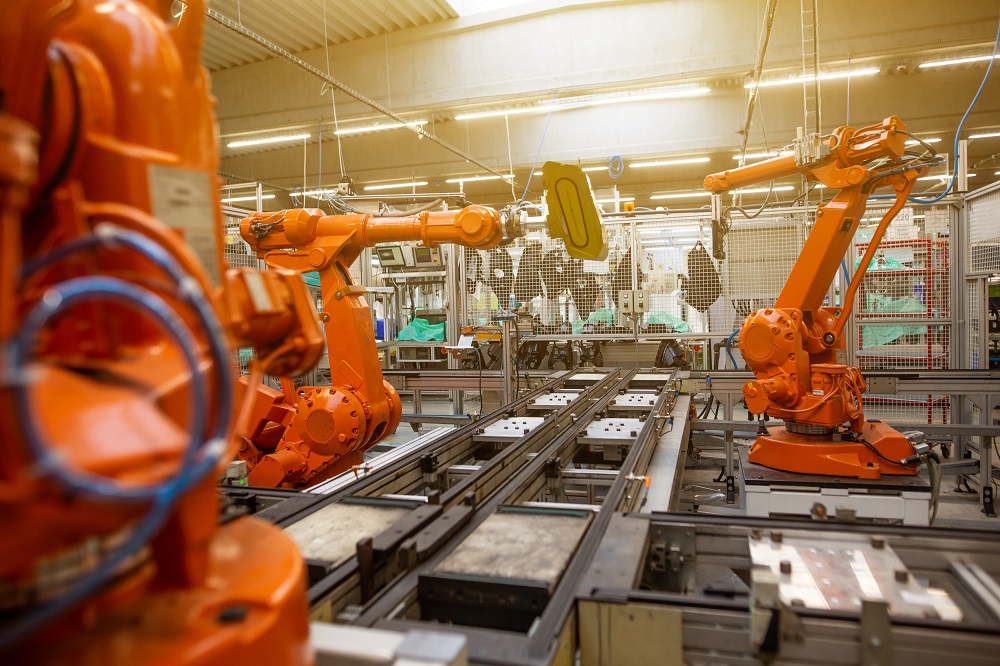
AI Opportunities for Future Growth
Today there is no technology bigger than artificial intelligence that leaves a bigger carbon footprint. The training process for large AI models emits approximately 626,000 pounds of carbon dioxide. Algorithmic training is an eternal process for AI-powered tools, and as a result, there is a growing reliance on AI which is likely to hasten the demise of the immediate environmental conditions. Organizations can incorporate sustainable practices into every step of the AI process to reach their sustainable AI goals while simultaneously benefiting business goals.
With environmental sustainability emerging as a business imperative across the globe, enterprises are now doubling down on their digital transformation goals to enhance their ability to integrate artificial intelligence in every operation and unlock real-time value from their data. It is also a critical step to determine their competitiveness. But by developing environmental sustainability, organizations are presenting risks that are likely to affect the operating models of companies in today's highly competitive marketplace.
Green AI-based machine learning (ML) is enabling organizations to reduce their algorithm complexities and enhance the accuracy of their operations. With AI that consumes lesser resources and enhances environmental sustainability, organizations are moving forward to achieve steady ROI for their business while fulfilling their promise of protecting the planet.
The original Post was published on SG Analytics Blog











